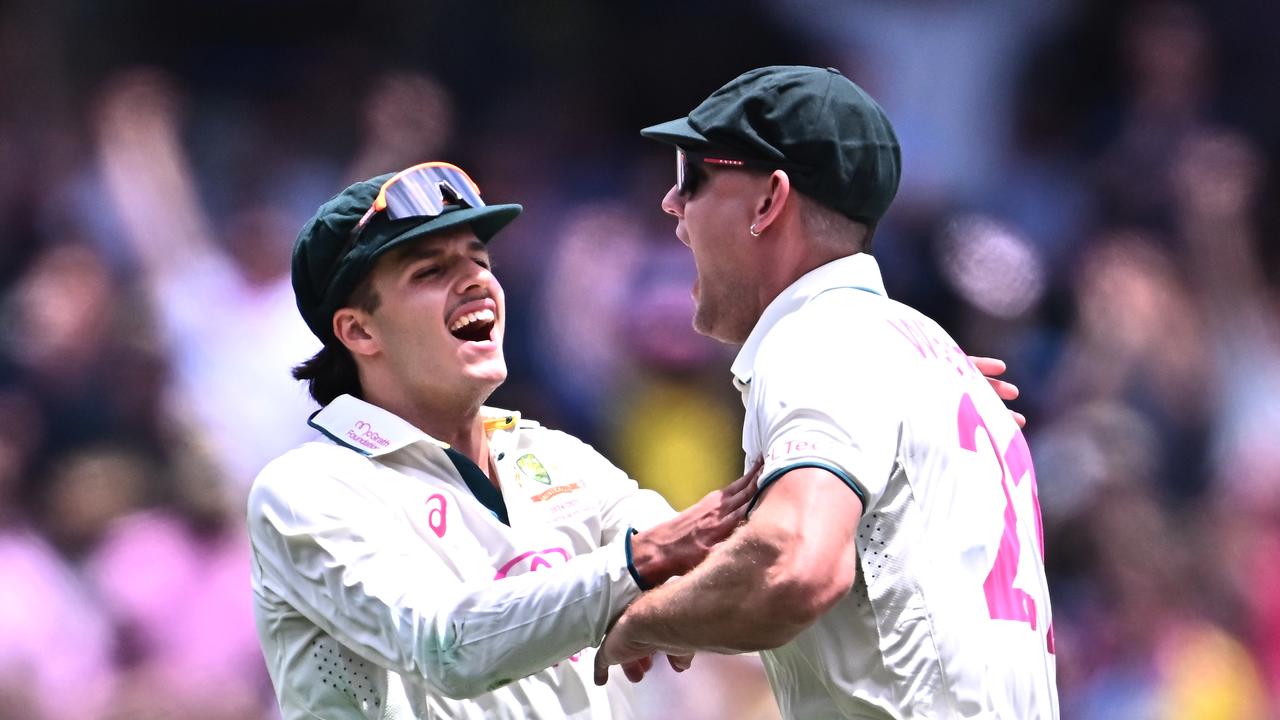Decline of our cricket: Urgent reforms needed

New Zealand's Will O'Rourke celebrates the wicket of Pakistan's Mohammad Haris during the fourth Twenty20 international cricket match between New Zealand and Pakistan at Bay Oval in Mount Maunganui on March 23, 2025. — AFPCricket, once the pride of our nation, has been facing a steady decline in recent years. What was once a powerhouse producing world-class talent now struggles to compete at the highest level. This downward spiral is not accidental but a result of deep-rooted structural and systemic failures.If immediate corrective measures are not taken, our cricketing legacy could be at serious risk. For decades, the departmental cricket structure played a pivotal role in nurturing talent in Pakistan. We have a long list of legends who were either products of the departmental cricket structure or became refined, world-class players by being part of it. That structure provided cricketers with financial security, competitive match experience, and a structured pathway to international cricket.With its discontinuation, the opportunities for young and emerging players have diminished significantly. The absence of a well-organised domestic circuit means fewer players are being groomed properly, leading to a direct impact on the quality of cricketers reaching the national team.Opponents of departmental cricket structure may argue that English and Australian cricket have thrived for decades with county and state teams. However, it is important to acknowledge that these counties and states have always been financially strong.Every player must understand that their place in the team is earned through performance, not reputation. While continuity in the cricket team is vital and cannot be ignored, it should never come at the cost of accountability.Past glories should be cherished, but they cannot serve as a lifetime guarantee of selection—only players’ consistent performance and impact should determine their future in the team. Another critical flaw in the selection process is the assumption that success in one format translates into the other.Each format demands a different skill set, temperament, and approach. Selecting players without considering these differences leads to inefficiency, where specialists are overlooked in favor of all-format selections.It is high time that key stakeholders recognised cricket as not just a game of skill but also of mental strength. Unfortunately, many of our players come from backgrounds where they have limited access to education, which may hinder their ability to assess and analyse their own strengths and weaknesses, particularly in terms of mental resilience.To address this, a well-structured training and development program must be introduced to enhance both the mental and emotional preparedness of our players for big stage. In modern cricket, teams plan meticulously for powerplays, middle overs, and death overs. Similarly, in test cricket, players must learn to plan and take the game forward session-by-session.DRS has become a crucial aspect of the game, and it must be used smartly and responsibly. Available reviews should be treated as a strategic lifeline for the team, not as personal opportunities for individual players.There needs to be a clear, agreed-upon consultation process for using DRS, as review opportunities are limited and can be costly if wasted. The game of cricket has evolved dramatically over the past 15-20 years. Teams now rely on analytics, aggressive tactics, and dynamic game plans. To remain competitive, we must embrace modern cricketing philosophies, integrate sports science, and develop players who can adapt to the ever-changing demands of the game.The decline of our cricket team is not irreversible, but it requires urgent reforms. Bringing back a structured domestic system, enforcing accountability and discipline, ensuring merit-based selections, and adapting to modern-day cricketing demands are the need of the hour. If these issues are addressed with sincerity and commitment, there is no reason why our team cannot reclaim its rightful place among the world’s best.











